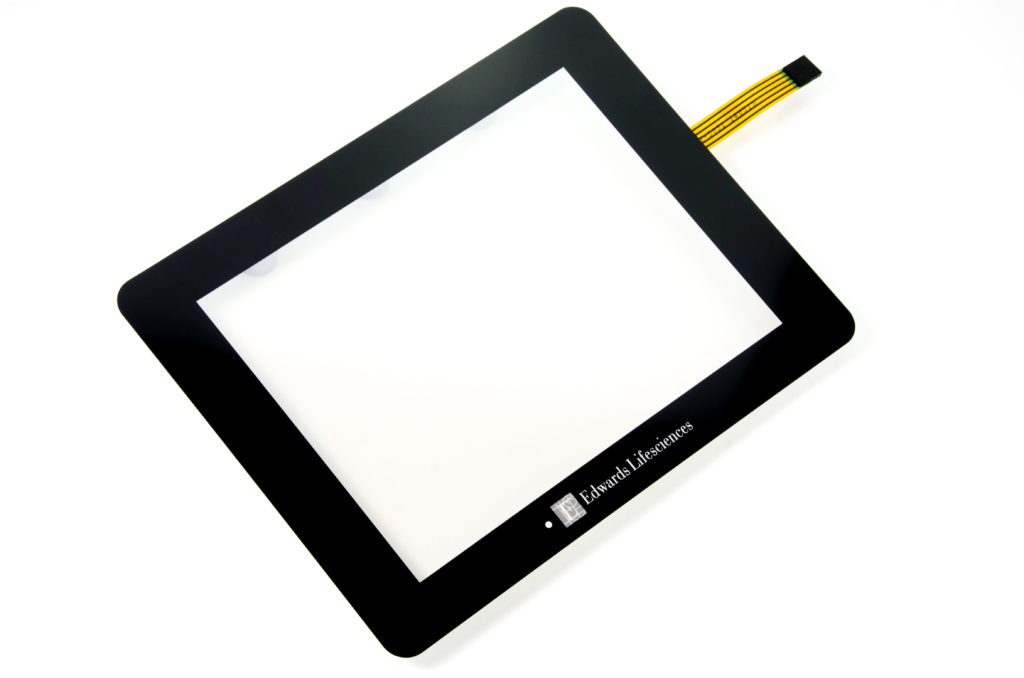
Surface acoustic wave (SAW) touchscreens have become a popular alternative to resistive and capacitive touchscreens. They receive their namesake from their use of acoustics. SAW touchscreens produce sound waves on the display interface, which they monitor to detect touch commands.
Performing a touch command will disrupt the sound waves on the display interface. The SAW touchscreen will recognize this disturbance, and it will register it as a touch event. While SAW touchscreens are available in different specifications, though, nearly all of them feature a glass top layer. Why do SAW touchscreens feature a glass top layer exactly?
Acoustics Transmission
One of the reasons SAW touchscreens feature a glass top layer is because of acoustics transmissions. SAW touchscreens work by generating ultrasonic waves. The ultrasonic waves travel from one side of the top layer to the opposite side. When compared to other materials, glass offers excellent acoustics transmission. In other words, it’s able to carry the ultrasonic waves with greater ease.
Transparency
Glass, of course, is transparent. Whether capacitive, resistive or SAW, all touchscreens require a transparent top layer. You must be able to see through the top layer. Otherwise, you’ll struggle to use a touchscreen. A glass top layer allows for transparency. You can find touchscreens available in other materials, but most SAW touchscreens feature a glass top layer.
Protection From Scratches
Another reason SAW touchscreens are designed with a glass top layer is protection from scratches. Glass isn’t immune to scratches. When compared to plastic and acrylic, though, it offers a higher level of protection against scratches. With its glass top layer, SAW touchscreens retain this same level of protection against scratches.
No Layers to Wear Down
With a glass top layer, SAW touchscreens don’t require other layers. It’s not uncommon for other types of touchscreens to feature multiple layers. Resistive touchscreens, for example, feature a top layer and a bottom layer, which are separated by a spacer layer. SAW touchscreens don’t have multiple layers such as this. They feature a single top layer that’s made entirely of glass.
In Conclusion
Touchscreens are available in different materials. Some of them have an acrylic top layer, whereas others have a plastic top layer. SAW touchscreens, conversely, have a glass top layer. The top layer of a SAW touchscreen is made entirely of glass. Glass offers excellent acoustics transmission, transparency, protection from scratches, and it doesn’t require additional layers.
